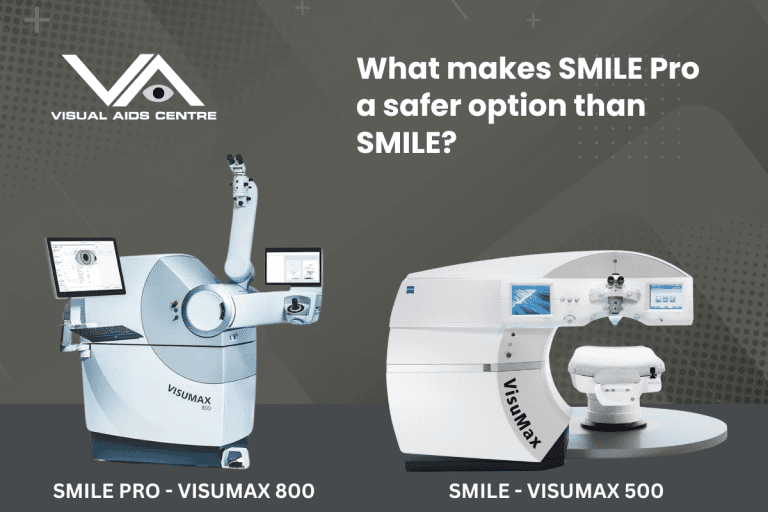
What Makes SMILE Pro a Safer Option Than SMILE?
SMILE Pro is a safer option than SMILE because it uses advanced laser technology, faster treatment times, and AI-guided precision to reduce complications and deliver

SMILE Pro is a safer option than SMILE because it uses advanced laser technology, faster treatment times, and AI-guided precision to reduce complications and deliver
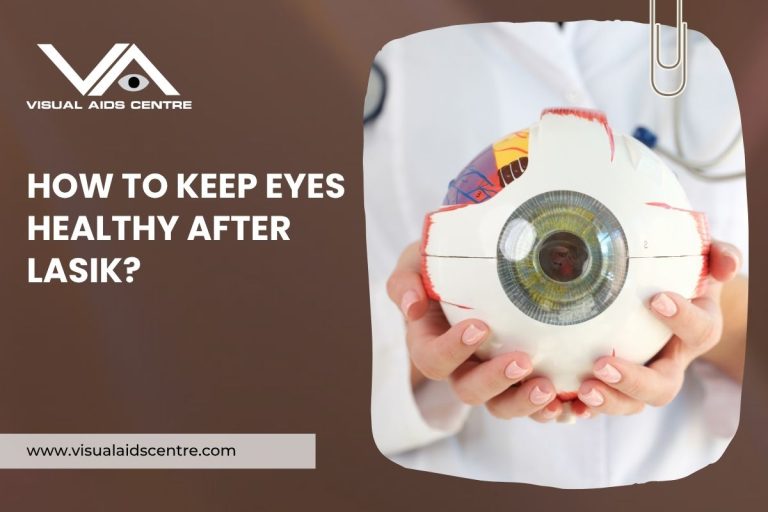
You can keep your eyes healthy after LASIK by following your surgeon’s advice, protecting your eyes from irritants and UV light, and maintaining good daily
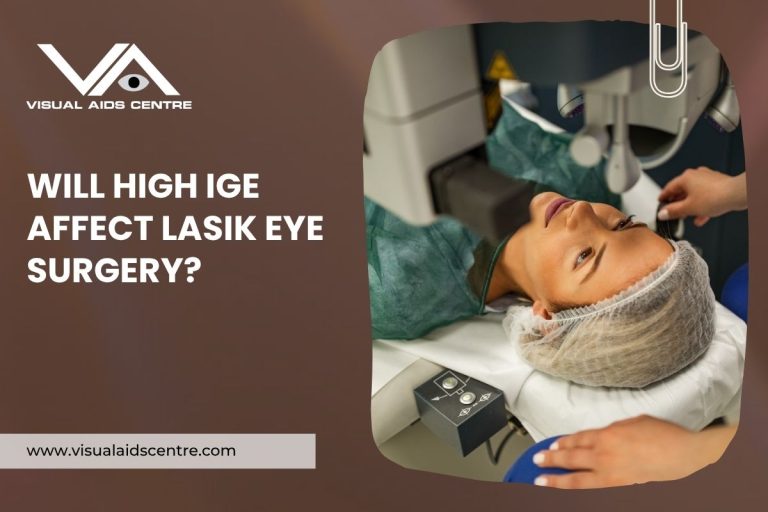
High IgE (Immunoglobulin E) levels can potentially affect LASIK eye surgery, but they don’t automatically disqualify you from the procedure. However, having elevated IgE levels

Having stable eyesight before undergoing LASIK surgery is crucial for ensuring the best possible outcomes. LASIK is designed to correct refractive vision errors like nearsightedness,
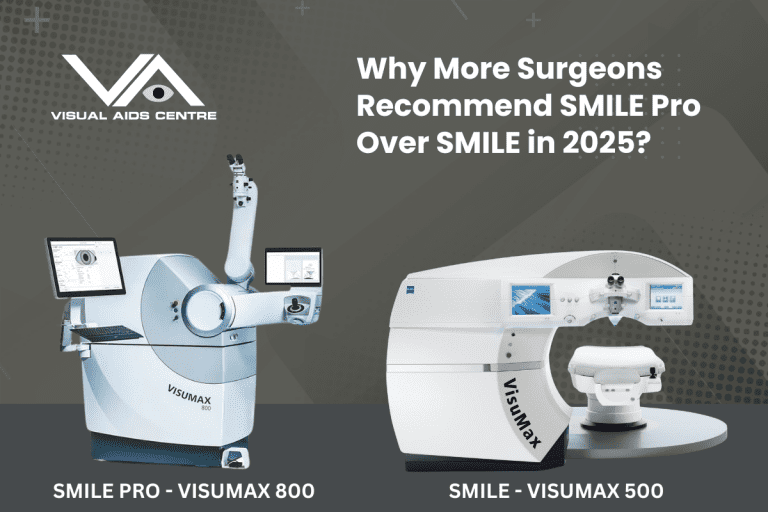
In 2025, more surgeons are recommending SMILE Pro over traditional SMILE due to its advanced technology, faster procedure time, and improved precision. SMILE Pro represents

No, LASIK surgery is generally not allowed for candidates applying for the Head Constable (Ministerial) position in CISF. This is because the vision standards required
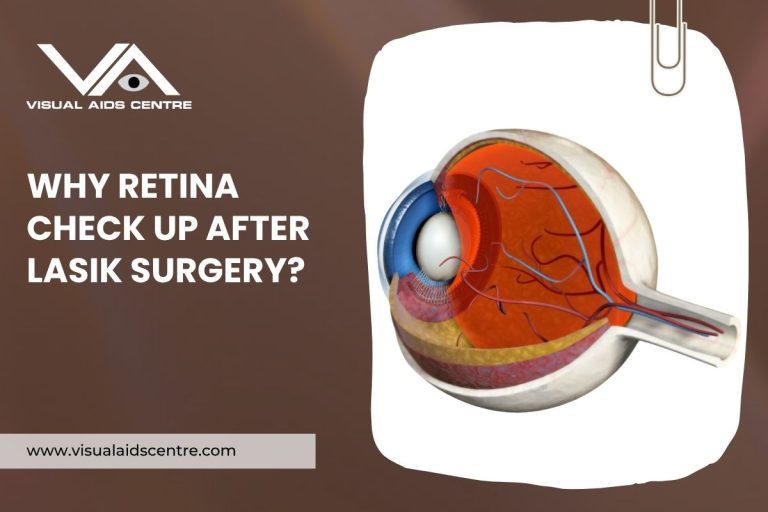
A retina check-up after LASIK may be recommended for people with certain risk factors, such as high myopia or diabetes, to monitor for unrelated retinal

For LASIK surgery, wear comfortable, loose-fitting clothes and avoid any items that shed lint or fibres. Skip makeup, jewellery, and scented products to ensure a
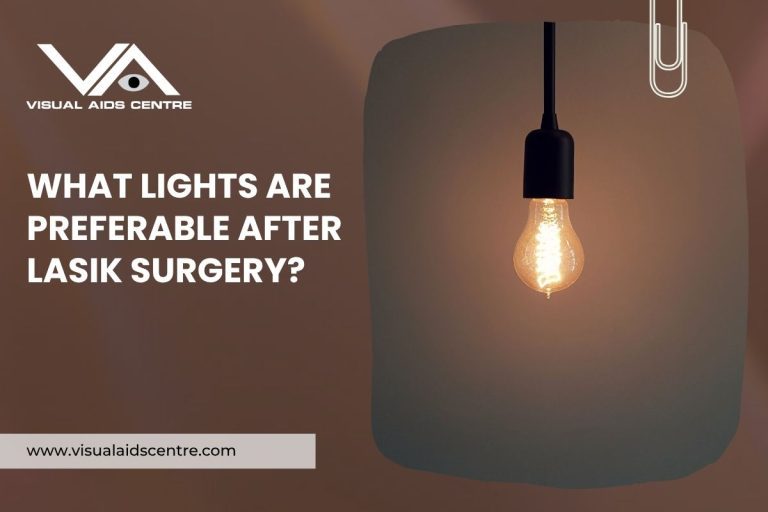
After LASIK surgery, soft, ambient lighting is best for your eyes—avoid bright, harsh lights and direct sunlight during the initial recovery phase. Gentle indoor lighting
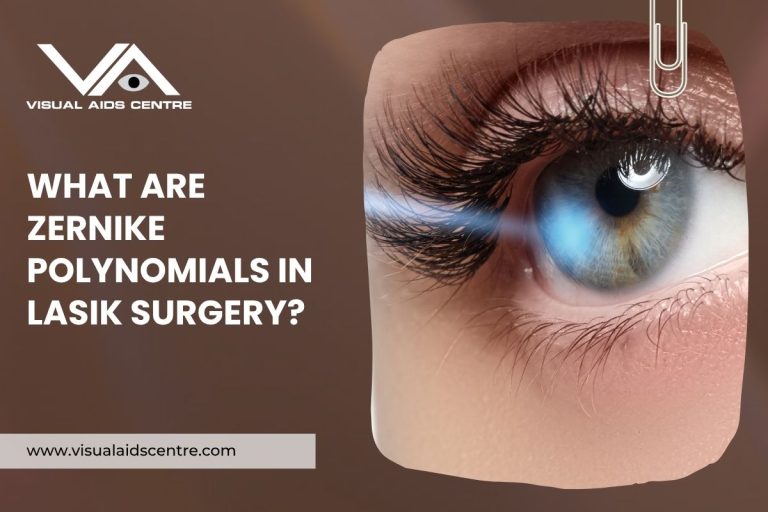
Zernike polynomials are mathematical functions used in LASIK surgery to analyse and describe subtle optical imperfections in the eye, especially higher-order aberrations. By mapping these
Contact Us For A Free Lasik Consultation